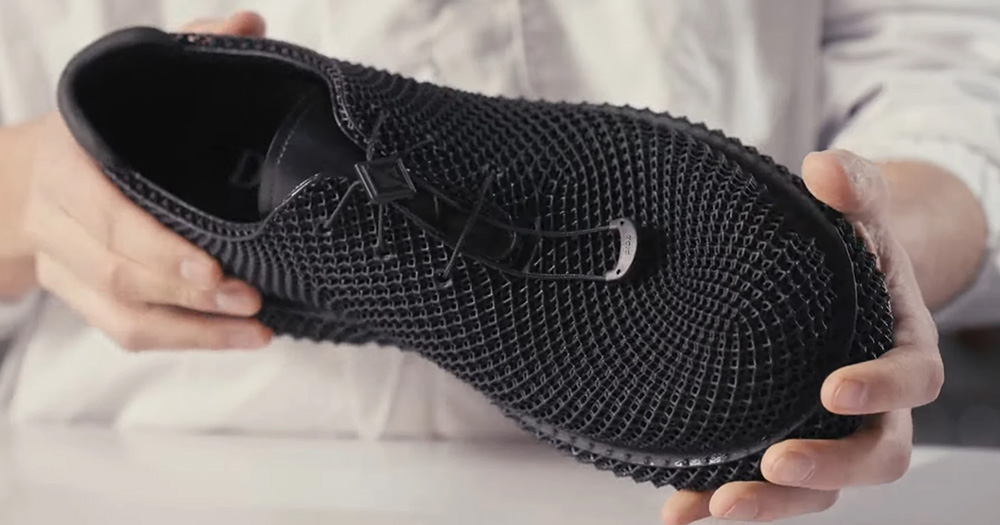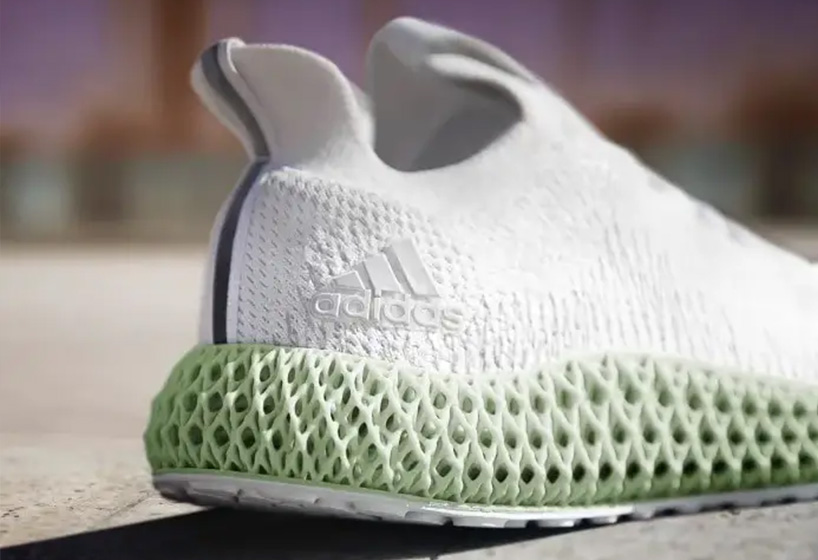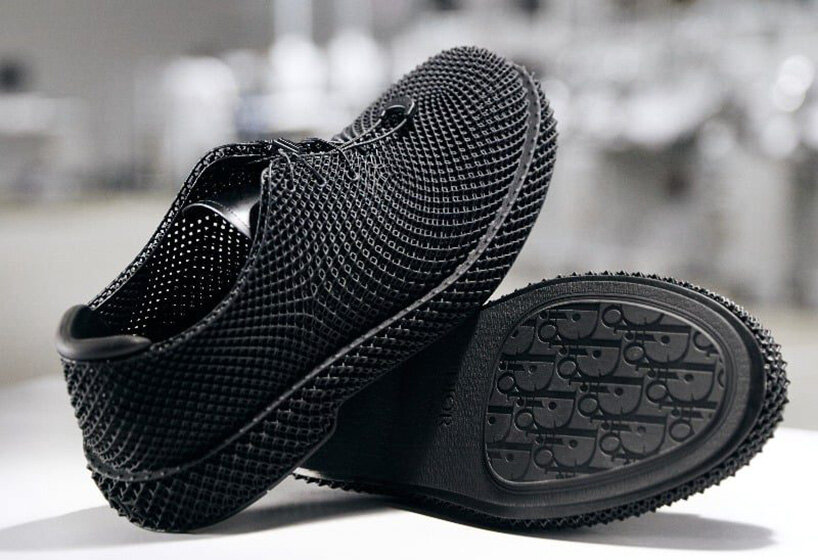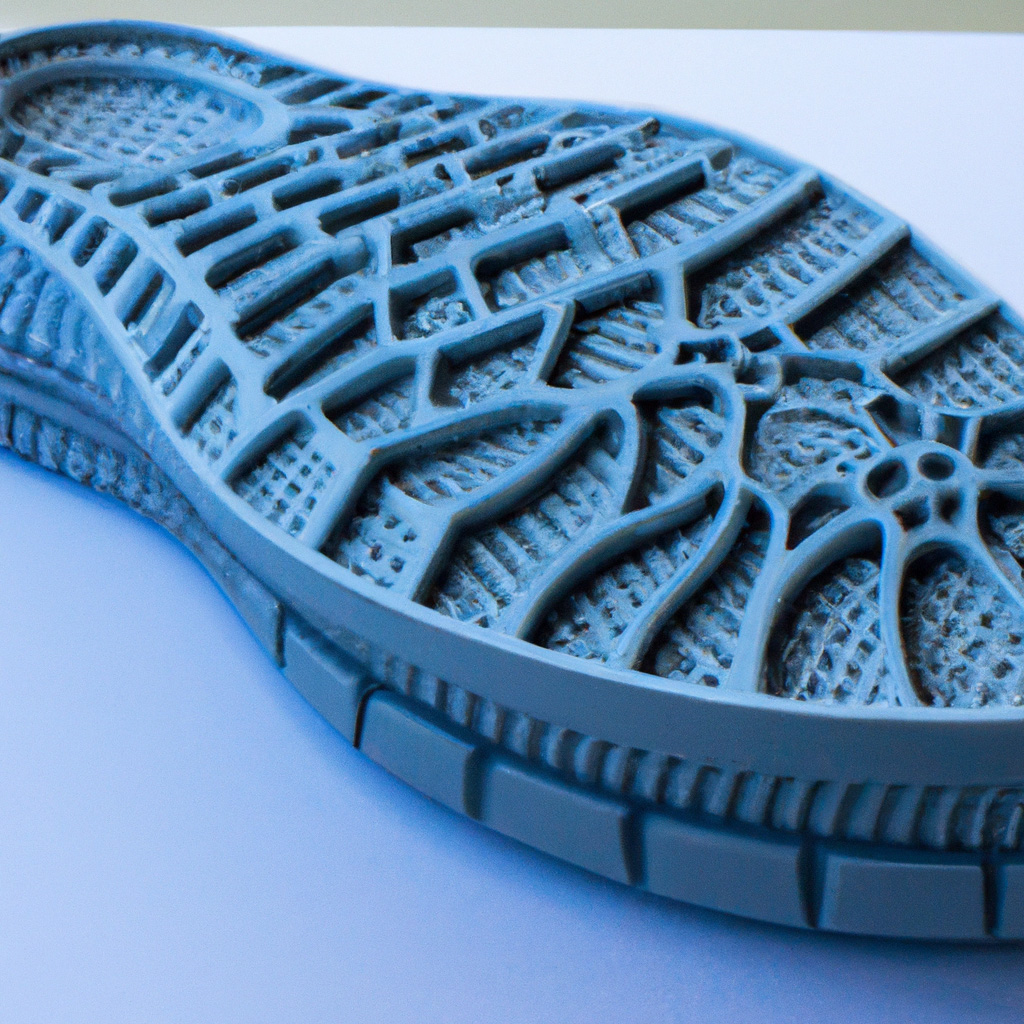3D printed footwear: the advantages of FFF technology

3D printing is revolutionizing the footwear industry. Thanks to this technology, footwear manufacturers can create prototypes and models quickly and efficiently, reducing production times and costs.
Big brands such as Adidas, Dior and Botter+Reebook have used SLA and SLS technologies to produce models that have gained enormous resonance in recent weeks.

Adidas

Dior

Botter/Reebok
What about FFF technology?
Filament 3D printing allows you to experiment with innovative materials for the production of footwear. Some companies are using biodegradable and recyclable materials, such as plastic obtained from renewable sources, to produce ecological shoes.

With the continuous development of technology, filament 3D printing is expected to become more and more popular in the footwear industry.
Additional benefits:
- possibility of printing a surface that is completely closed on the outside, but lightened on the inside with a customized three-dimensional texture
- low investment cost for printers
- no post-production on the TPU sole, as occurs with SLS (powder recovery and finishing) and SLS (wash/curing) technology
All 3D printing technologies have strengths compared to traditional production methods: specific and personalized design, time and cost reduction, less equipment and more and more materials available.
But we are convinced that FFF technology has potential not fully explored by the giants of the footwear sector.
If you are a company operating in the sector, or if you want to learn more about the topic for your university studies, do not hesitate to contact us.







Leave your comment